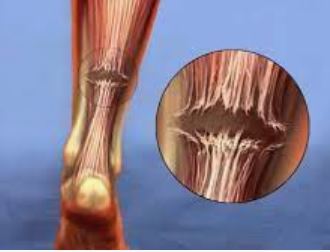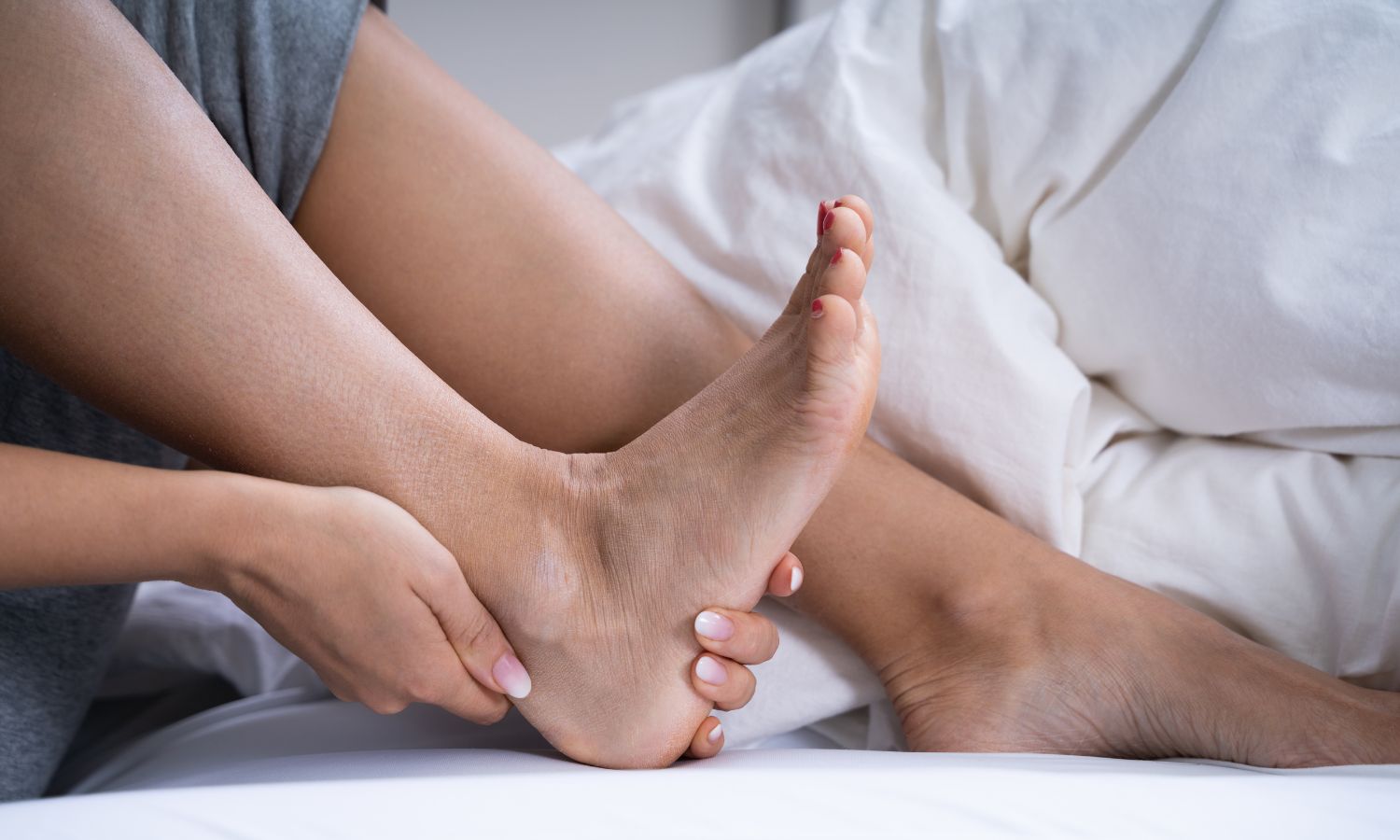You’ve heard people reference ‘Achilles’ when referring to someone’s weak spot. It comes from the Greek mythology stories of the hero of the Trojan War, Achilles, whose body was invincible except for the back of his heel, where he was most vulnerable. A nod to the legends, the tendon connecting the heel to the calf has been named after this figure, but the tendon itself is stronger than you’d think.
Function of the Achilles Tendon
The largest and strongest tendon of the body, the Achilles tendon (also called the calcaneal tendon) facilitates walking by anchoring the calf muscle to the heel bone, allowing the heel to lift. Activities like running and jumping require the functions of the Achilles which withstands a great amount stress and movement. It is a true workhorse of the human body.
Achilles Issues & Treatment
Because of the importance of the Achilles tendon in every day movement, any issues can be debilitating. Some common syndromes of the Achilles and treatment are:
>Tendonitis
Caused mostly from overuse, tendonitis of the Achilles with present itself with pain in the back of the heel, especially when walking, and swelling or tenderness in the area. Essential in overuse, stress of the tendon causes small tears. Other causes include arthritis, obesity, wearing footwear without proper support, or foot issues, like flat feet.
Treatment for tendonitis of the Achilles include rest to allow the small tears to heal along with ice therapy. Depending on the severity, anti-inflammatories may be prescribed and perhaps physical therapy. It’s most important to be patient with recovery and follow your doctor’s orders to avoid regression.
>Tear/Rupture
When the fibers of the Achilles tendon are separated, it is considered a tear or rupture, a serious condition as the tendon can no longer function as normal. How can you test if the tendon is torn? There is a simple test called the Thompson test. Laying face-down on a bed with feet extended past the edge, have someone squeeze the calf muscle. Doing so should cause the foot to point down (away from the head). If there is a tear, the foot will not move.

Credit: orthoinfo.aaos.org
Depending on the severity, treatment for a ruptured tendon would be similar to that of tendonitis, rest and ice, and likely a boot to immobilize the foot. In many cases, surgery would be deemed necessary in order to repair the tear, followed by physical therapy to strengthen the leg muscles to support the tendon. Full recovery is about four to six months.
As stated before, the Achilles tendon is an MVP of the human body and any injury can be painful and frustrating. The orthopedic specialists at NEOSM are here to care for you and help you keep living life to the fullest. Reach out if you need us!

